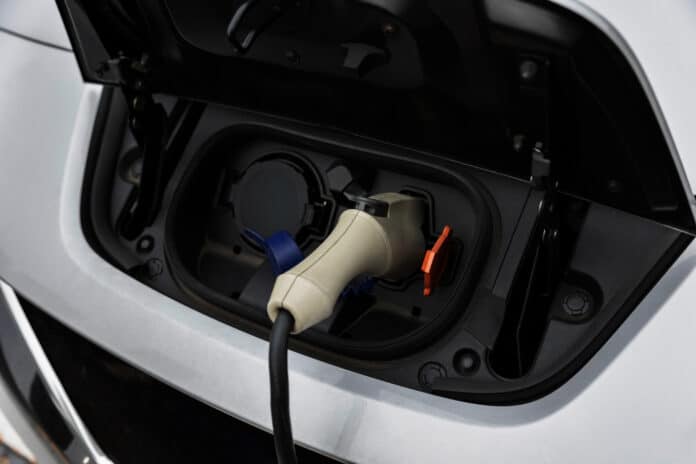Large-scale recycling and regeneration of lithium-ion cathode materials is hindered by the complex mixture of chemistries often present in the waste stream.
Now, researchers at the University of Birmingham have come up with a new approach for recycling the highest-value component of end-of-life electric car batteries – the battery cathode. They claim that their method is less energy-intensive and uses less hazardous chemicals than current recycling methods.
Currently, battery recycling concentrates on recycling elements by dissolving battery cathodes using strong acids, which potentially generate hazardous waste. Additionally, it relies on the initial shredding of the batteries, which mixes components and creates a jumble of chemistries that can only be separated by chemical processes.
The technique uses organic acid, such as ascorbic acid (Vitamin C), as a leaching agent to extract valuable metals from the cathode material. Ascorbic acid selectively leaches low-value electrode material (lithium manganese oxide) and leaves the higher-value nickel and cobalt-based material in a solid state, from which it can be directly recycled.
“Battery chemistry, and cathode chemistry in particular, is constantly evolving to meet the demand for greater energy density. However, battery recycling has remained relatively static and has focused on breaking down the cathodes into their individual element components, particularly when recycling mixed chemistries, which loses a lot on the internal value of the cathode material,” Professor Peter Slater from Birmingham’s School of Chemistry said.
“The challenge with recycling mixed chemistries is to separate out the low and high-value materials. Our method removes the low-value material while leaving the high-value material in a solid state, so it can be directly recycled, maintaining its high value.”
The researchers tested their method on a Nissan Leaf battery cell that had been used for 40,000 miles of driving. They chose a battery from a Nissan Leaf, as this car was the first mass-market electric vehicle, and both cars and batteries will be among the first to enter recycling chains and the recycling industry.
“Our method will reduce the cost and number of steps to recover cathode materials, so they can be remanufactured and put back into new batteries, with minimal environmental footprint,” Professor Slater further said in a statement.
The method has great potential not only for recycling EV battery waste but also other Li/Na ion battery waste, such as mobile phone batteries, where batteries with different cell chemistries are often mixed.
The research team is now working on scaling up this approach and is looking for long-term partners to collaborate on further research to develop the system.
